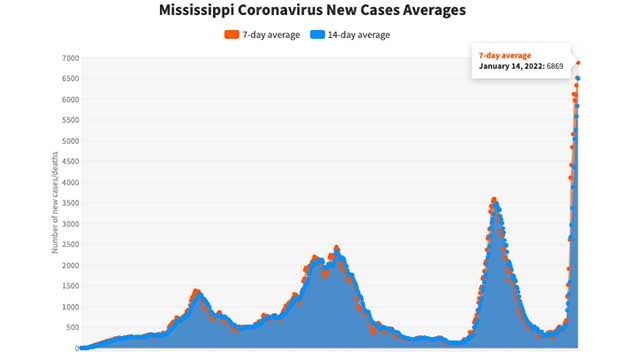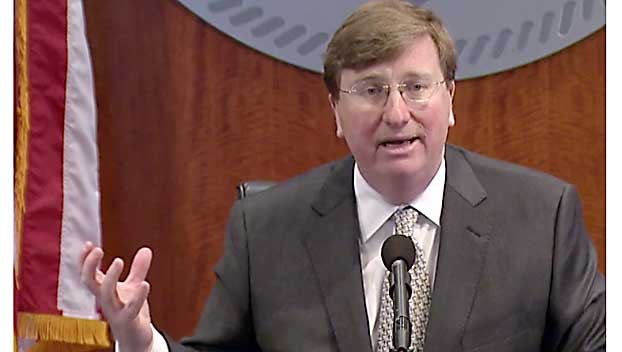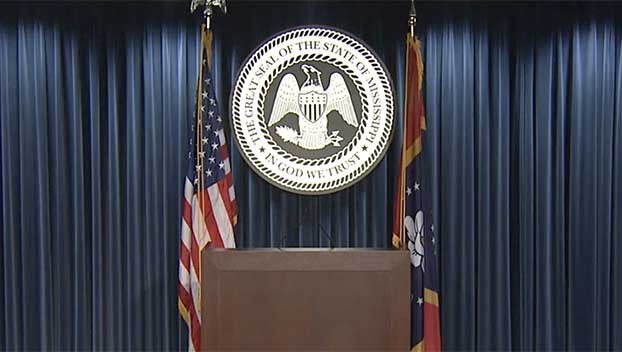When does the time change 2018? Daylight Saving Time controversy
Published 4:39 pm Wednesday, March 7, 2018
It’s just about time to spring forward, turning our clocks ahead one hour on Sunday (March 11, 2018) at 2 a.m. to implement another year of Daylight Saving Time.
That means the debate is underway once again, with inquiring minds asking: Why do we tinker with our clocks every year, anyway? Isn’t the time well enough if left alone?
Depends on who you ask.
Candy makers like the spring forward. Dairy farmers might like to leave well enough alone.
In other words, there are two distinct camps in the debate over Daylight Saving Time. Some, like golfers and gardeners, enjoy the extra hour of sunlight after work to get more time outdoors. They can’t wait for Daylight Saving Time.
Others, like school children and farmers, don’t like waiting on the bus in the dark or pitching hay to cows before dawn. They wonder why we change the time at all.
The rest of us are somewhere in between, merely along for the ride of this annual time game. The federal government tells us when to spring forward, beginning daylight saving time the second Sunday in March, so we spring forward like good citizens (except for Hawaii and most of Arizona, states that asked to be excluded).
When Uncle Sam tells us to fall back the first Sunday in November, we do as instructed and turn our clocks back one hour to standard time. Beyond the hassle of keeping up with it all, it’s not that big of a deal for most of us.
When we can take a long walk or mow the lawn after work, we love the late sunshine. When we have to get up early, and it’s still entirely dark outside, we probably wish standard time were still in place. It ends up fine either way but why not just stick with one or the other?
The troubling thing about it all is that we don’t have a voice or choice in this. It’s the lobbyists who have been telling us how to keep time via their influence our lawmakers.
Consider that the most influential force in putting Daylight Saving Time in place in 1966 was a business lobby, the U.S. Chamber of Commerce.
And, when Congress extended Daylight Saving Time in 2007 influential lobbying groups including convenience stores (more gas sales), candy makers (they sell more Halloween candy when it stays light an hour longer), golf equipment manufacturers, and barbecue product makers. They like more light in the evening because we buy more of their products as a result.
Never mind that one study showed that our risk of stroke increases 8 percent right after the time changes while another study revealed that our risk of heart attack increases by 25 percent the Monday after spring forward.
The scenario is probably why some states like Florida may have had enough with this bouncing around in time. Lawmakers in the sunshine state want to go daylight saving time all the time, which makes sense since it seems to be the bouncing around that disturbs most people.
Easier said than done, however. States can opt out of daylight saving time under federal law but aren’t allowed to go full time with daylight saving time. Thus, a new Florida state law wouldn’t be enough. They’ll have to get the federal law changed as well.
That shouldn’t be too hard, however. Just call the candy makers and the golf equipment manufacturers.





